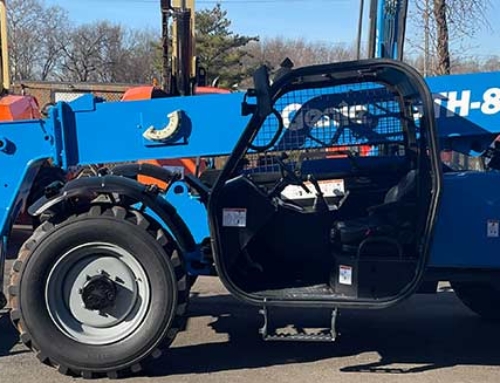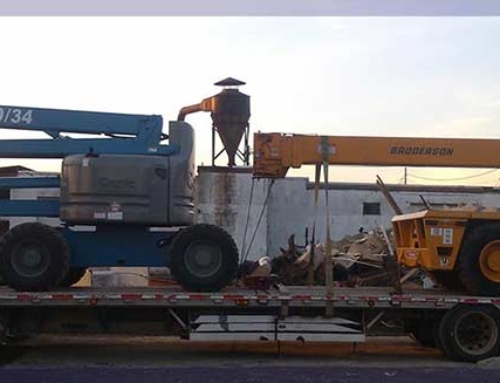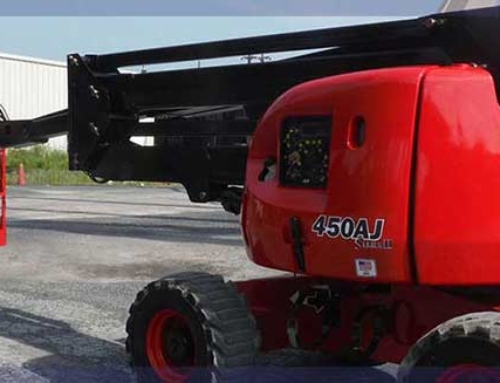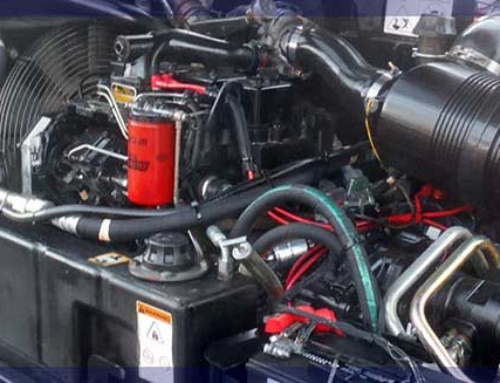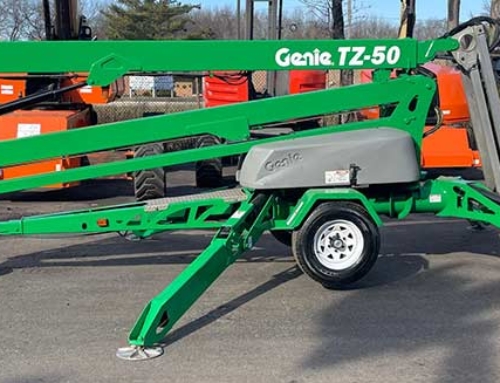Any job using aerial lifts can be a dangerous one. Men are carried to great heights on a variety of different construction sites; there are so many disaster situations possible even if everything in this job goes exactly as planned. This rarely happens, however. Hiccups occur along the way. Corners are cut. With each disruption that strays from the protocol, the job grows more dangerous. Falls are almost inevitable when lack of precautions become evident. In order to keep your staff safe from harm, it is imperative that you develop a fall prevention plan that will aid employees in avoiding falls and dealing with them if they occur.
OSHA recognized that injury and fatality due to aerial lift use was at an all-time high in 2010. In response they altered their fall protection guidelines.
In 2010, in an effort to reduce fatalities in the residential construction workplace, OSHA made significant changes to their fall protection guidelines. For residential roofing jobs that call for a worker to be higher than 6 feet in the air, they are required to be protected by the use of guard-rail systems, safety net systems, or personal fall arrest systems. If an employer can prove that these systems create a greater hazard for the worker, then the employer will be required to implement a fall protection plan. All fall protection plans must be prepared and approved by a qualified person and also re-approved by a qualified person if anything in the protection plan changes.
If you are working with aerial lift or boom lift platforms, your workers must have a guardrail system in place or it must be tied off. Examples of aerial lift or boom lift platform equipment include scissor lifts and bucket trucks. When tying off, there are many acceptable methods for you to use.
A restraint system is the first method of tie off. A restraint system consists of a body belt and a harness. If this method is used, there absolutely must be a fall protection plan in action. This should prevent the great falls that end in serious injury or death.
Positioning devices are used often to tie off in construction work. Position devices are like restraint systems in that they are a body belt and a harness system. Positioning devices rig workers to a vertical surface. This is often a pole, or something similar. The maximum fall for positioning devices is 2 feet. This is required for safety reasons. Also for safety reasons, scissor lifts and bucket trucks cannot use positioning devices as they are on a horizontal platform.
The final tie off method is a fall arrest system. Fall arrest systems are used in construction work. They allow an arrested fall as long as the aerial lift is able to handle vertical and lateral loads that often result from the arrested fall. Body harnesses are used for fall arrest systems, as they are safer than body belts.
If you are interested in purchasing a used aerial lift, contact us for more information on your options and the safety measures you will need to take.
